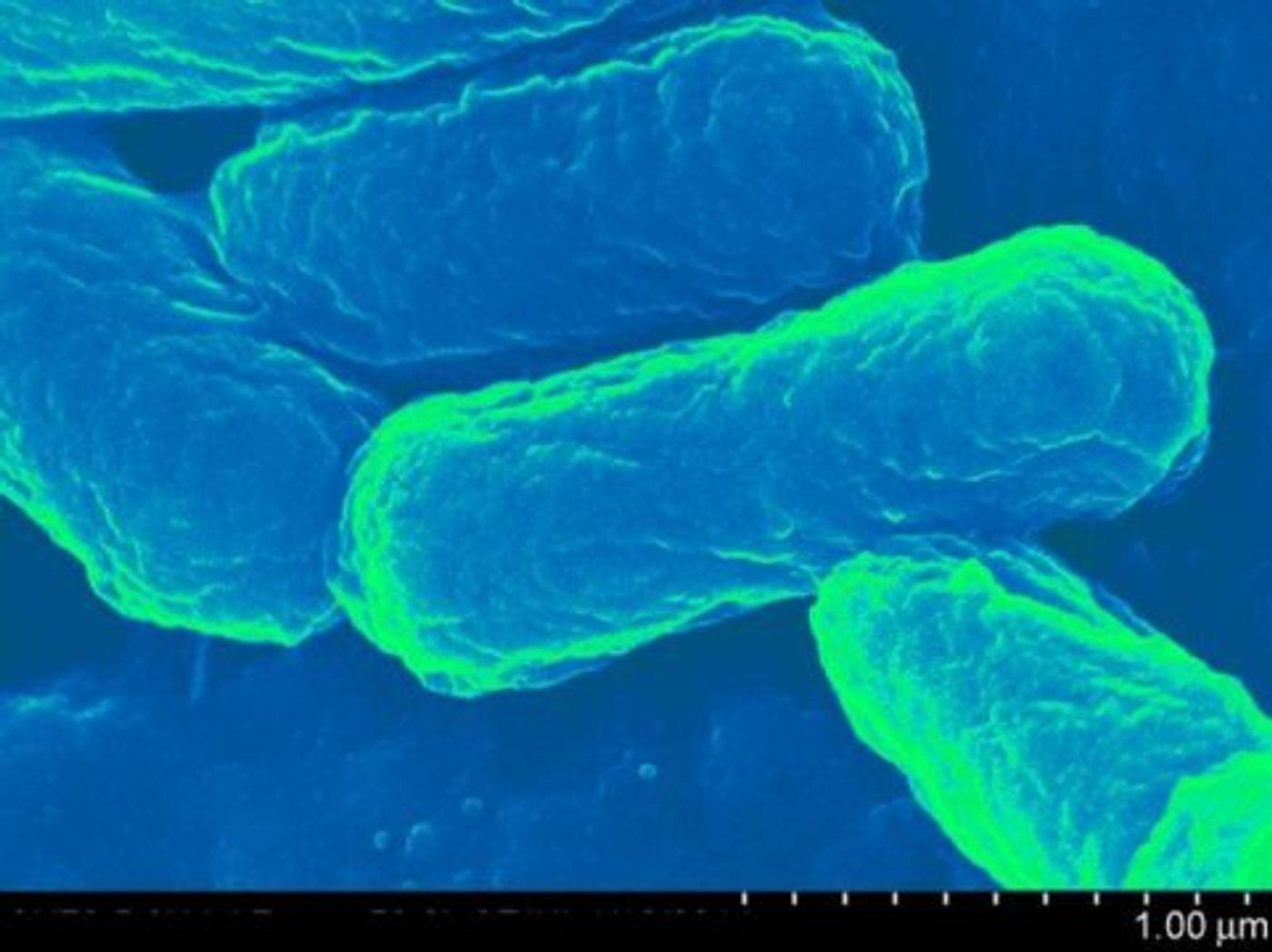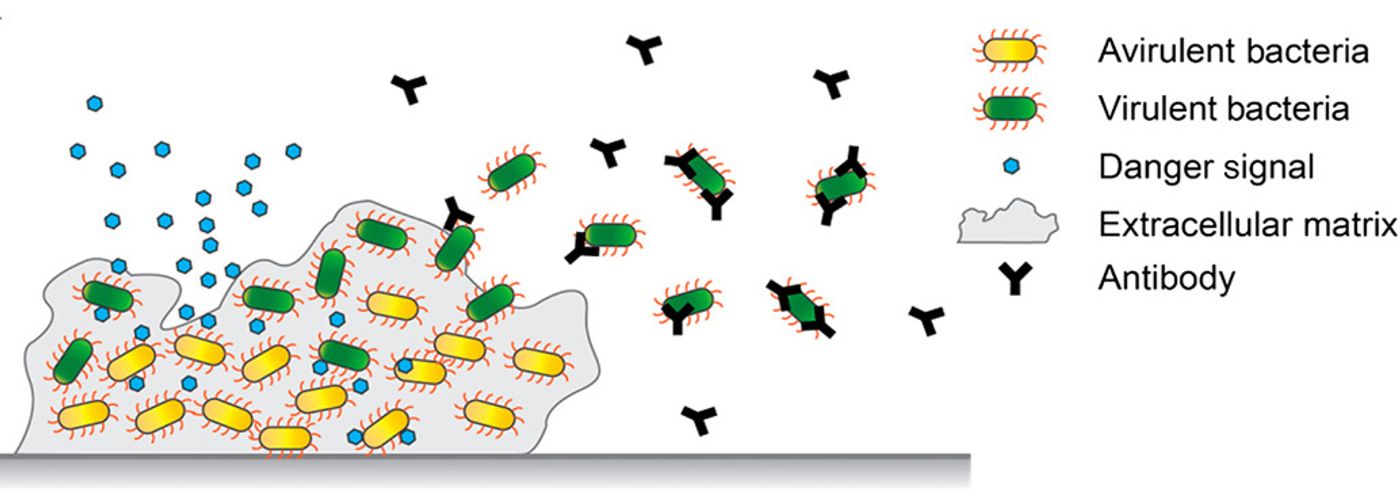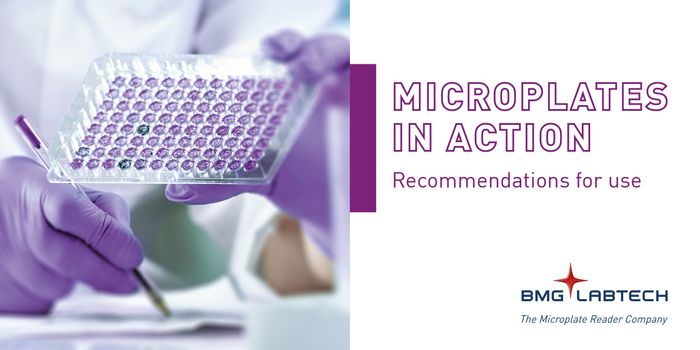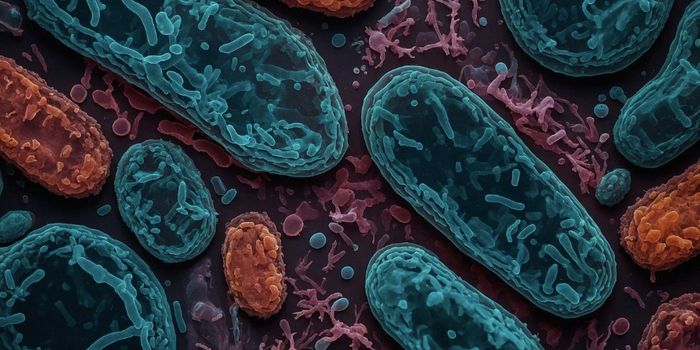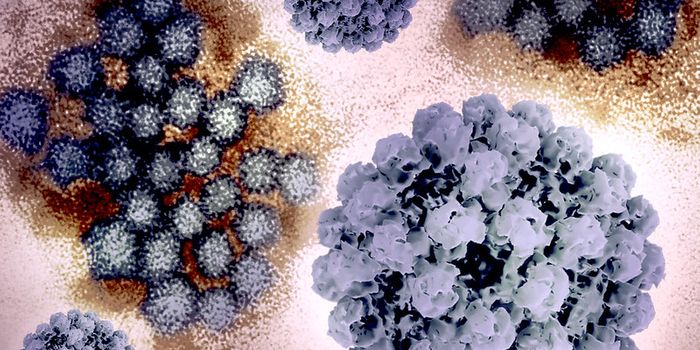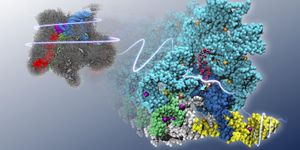Can you imagine eating Escherichia coli for good health? It seems a little crazy, but scientists have created a way to assist next-generation vaccines in doing a better job than current immunization techniques, using a modified, nonpathogenic E. coli cell as a delivery capsule.
When experimenting with E. coli, researchers usually use harmless strains. The majority of E. coli that are important to healthy human digestion are safe and do not cause disease. The new
work was described in a study published in the journal Science Advances, and highlights the success the team’s capsule system has had in fighting sepsis, pneumococcal disease, meningitis, ear infections and an infection that can result in pneumonia.
"It's a bit counterintuitive given what you hear about E. coli, but there are many strains of the bacteria, most of which are perfectly normal in the body, that have great potential to fight disease," explained Blaine A. Pfeifer, PhD, Associate Professor of Chemical and Biological Engineering at the University at Buffalo School of Engineering and Applied Sciences. Pfeifer is the co-lead author of the study with a former student - Charles H. Jones, PhD, who is the CEO and founder of a startup Abcombi Biosciences that is leading efforts to commercialize the biotechnology.
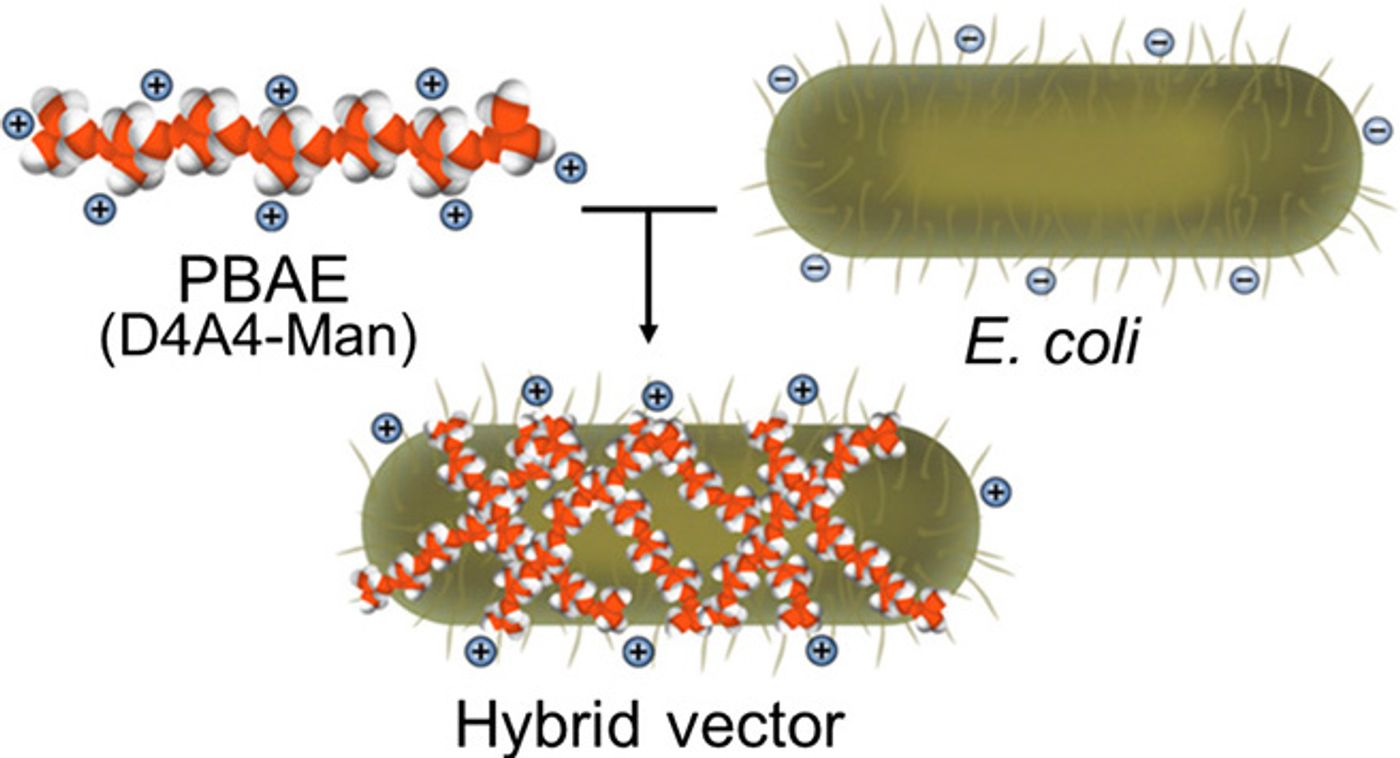
At the core of the delivery vector the team made is a harmless E. coli cell. The researchers wrapped a synthetic polymer called poly (beta amino ester), which resembles a chain link fence, around the bacterium. When the positive-charge of the polymer combines with the negative-charge of the bacteria cell wall, a sort of hybrid capsule is created. The investigators utilized a special combination of biological components and biomaterial. Every part was selected because of their individual use as delivery vehicles, and the combined vector then allows synergistic delivery mechanisms and disparate engineering techniques to affect the process of antigen transport.
Researchers tested the capsule by inserting a protein-based vaccine (also being commercialized by Abcombi) made to combat pneumococcal disease. The researchers found that the when tested in mice, the results were impressive.
The capsule system has enabled both active and passive targeting of antigen-presenting immune cells that trigger an immune response, and can not only deliver, but also can also actively produce the antigens that are needed for a vaccine. The hybrid design provided natural and multicomponent adjuvant properties, thus enhancing the body's immune response.
Other benefits of the delivery system are the relatively low cost of production, and the flexibility in use it offers. For example, the capsule could be used to delivery therapies that target cancer, or viral-based infectious disease and other illnesses.
Sources:
Science Daily via
University at Buffalo,
Science Advances
